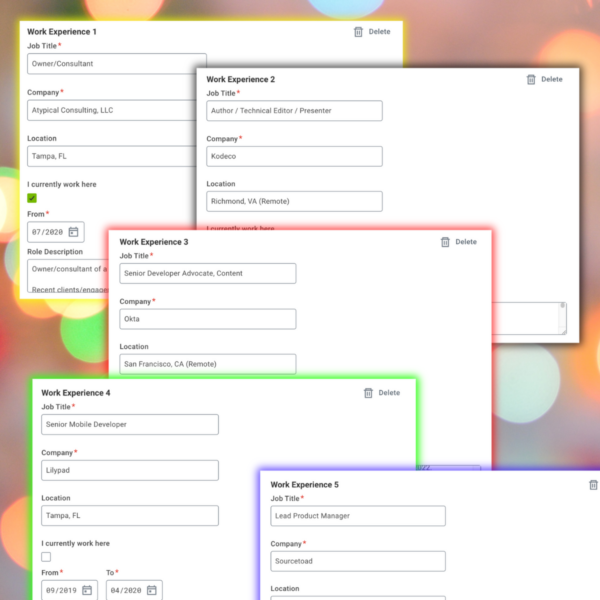
This is what my afternoon looks like. How’s yours going?

This is what my afternoon looks like. How’s yours going?
The laws of time, effort, and experience make it very clear: I’m in the middle of making my worst videos right now, and you’ll want to subscribe to see how bad they are!
Come check out the awfulness on the Global Nerdy YouTube channel, located at youtube.com/@GlobalNerdy!
I’ve already posted the first two videos. The first is a short that looks at an odd paragraph in an O’Reilly article on AI…
…and the second is a blast from the past — a promotional video featuring images of a lot of top-tier developers, followed by an image that’s supposed to represent you, the everyday developer…and guess whose image they used:
There’ll be a mix of short- and long-form videos, where I’ll cover software development topics and technology news in interesting, unusual, and amusing ways.
I’m spending the month of June working on the first set of videos, which I’ll release as quickly as I can, so you know they’ll be bad. And if you’re thinking “But HOW bad?”, there’s only one way to find out: visit the channel and subscribe!

I attended the swap meet held by the Neon Temple, Tampa Bay’s security guild, where attendees were selling, swapping, or simply giving away old tech gear and books they no longer needed.
That’s where I found and took a photo of the relic above: a PCMCIA card (a name that got shortened to “PC Card”), which used to be a way of adding peripherals to laptops. The card above was for a 56K modem, which means that it was likely used to download Backstreet Boys songs using Napster.
“What did they call those things before they shortened the name to ‘PC Card’?” someone behind me asked.
“PCMCIA,” someone else replied. “Can’t remember what that was short for.”
I have a great memory for trivia, and even I couldn’t remember. I confessed: “I only remember the joke that it was short for ‘People Can’t Memorize Computer Industry Acronyms’.”
Here it is — the video of my presentation, xz made EZ, which covers the security incident with the xz utils utility on Unix-y systems, which I gave at BSides Tampa 2024 on April 6th:
If you’d like them, here are the Google slides from the presentation.
The details of the xz vulnerability were made public mere days before the BSides Tampa 2024 cybersecurity conference, and on a whim, I emailed the organizers and asked if I could do a lightning talk on the topic.
They quickly got back to me and let me know that they’d had a last-minute speaker cancellation and gave me a full slot in which to do my presentation.
The moral of the story? It never hurts to ask, and it can lead to opportunities!
Let me answer with this slide from my presentation:
xz is short for xz Utils, a compression utility that you’ll find in Unix-y operating systems, including:
It’s usually used by Unix greybeards who generally use it in combination with tar.
xz was one of those open source projects that had a vulnerability best illustrated by this xkcd comic:

xz was like that project pointed out in the comic, except that the “random person” doing the maintaining was Lass Collin, a developer based in Finland, who was experiencing burnout. As a result, xz was languishing.
In what appeared to be a stroke of good fortune, a developer who went by the handle of “Jia Tan” on GitHub came to the rescue and started submitting patches to xz.
At about the same time, there were a number of complaints about xz’s lack of apparent maintenance. In hindsight, it looks like a clever two-pronged campaign:
…all while a burned-out Lasse Collin was facing a lot of stress.
On November 30, 2022, Lasse changed the email address for xz bug reports to an alias that redirected to both his email address as well as Jia Tan’s. At that point, Jia Tan, the apparently helpful developer who appeared at just the right time, was now an official co-maintainer.
Not long after, Lasse releases his last version of xz, and soon after Jia Tan, now the sole maintainer of the project, releases their own version.
With full control of the project, Jia Tan starts making changes — all the while, carefully disguising them — that create a “back door” within the xz application.
On any system that had Jia Tan’s tainted version of xz installed, an unauthorized user with the right private key could SSH into that system with root-level access. By becoming the maintainer of a trusted application used by many Linux versions, Jia Tan managed to create a vulnerability by what could have been one of the most devastating supply-chain attacks ever.
I originally posted a series of articles on date/time programming in Swift here on Global Nerdy, updated it, and published it on the Auth0 Developer Blog when I worked there.
I just checked to see how it ranked, and at least for me — remember, everyone sees different Google results — the series is still the number one result for swift dates times and smilar search terms.
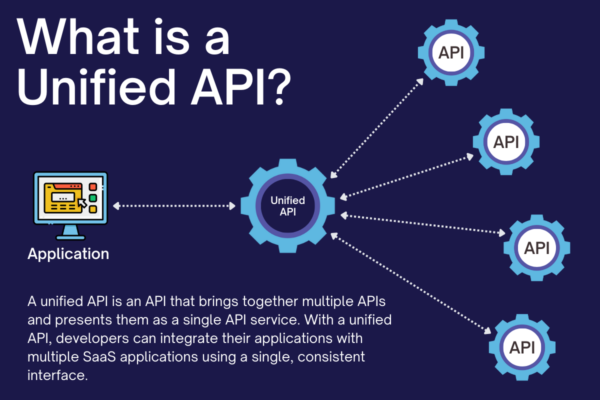
Last week, I revised one of Unified.to’s earliest articles, An Overview of Unified APIs, rewriting it as What is a Unified API?
In addition to updating the text of the article, I also created some explainer graphics to liven it up and save the reader from being hit with just a wall of text. Those graphics are what you see in this article — enjoy!
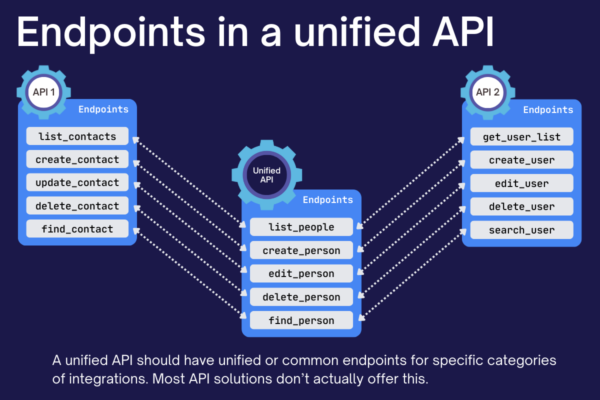
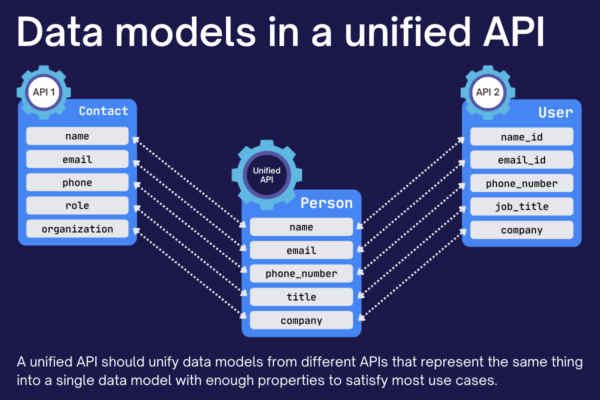
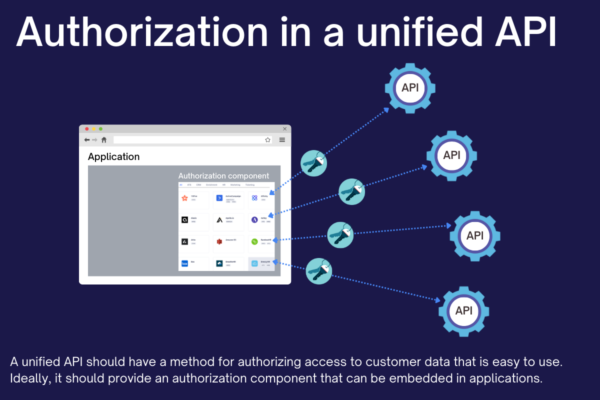
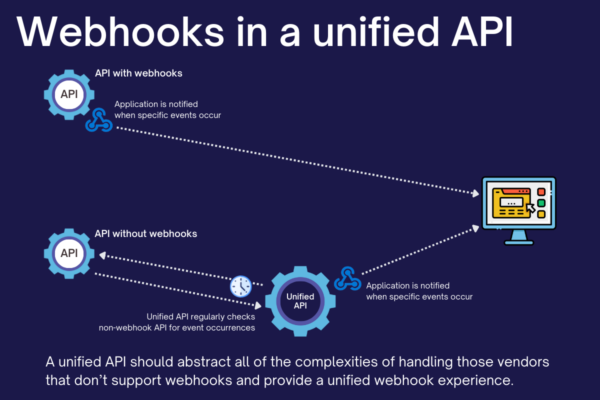
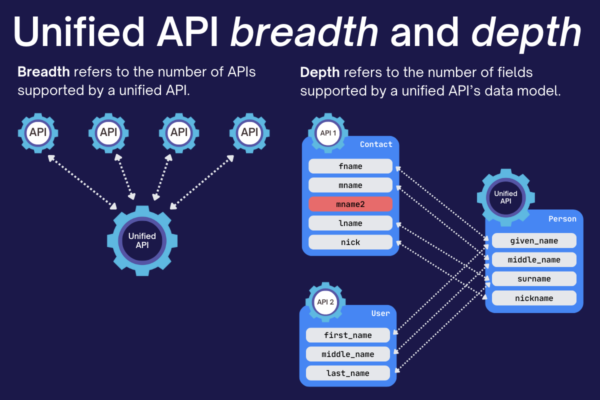

If you were to time travel and visit Crazy Go Nuts University during my student days, you’d find that the thing I was known for wasn’t programming or playing the accordion, but drawing comics.
The web came around at the very end of my long and colorful academic career, so my comics mostly appeared in student newspapers — primarily Golden Words, a satire newspaper in the same vein as the original print version of The Onion, as well as the main student newspaper, The Queen’s Journal.
I make the occasional comic every now and again these days, and when Dan Arias, a former coworker at Auth0, found out about it, he asked me to draw some comics as a way to “storyboard” some screens for an app for the 2023 Oktane conference.
The comics were supposed to showcase some features of Auth0’s customer identity management system, and if possible, do so in a humorous way. They also had to use some animal mascots that had been created for the project: a platypus, a rabbit, a capybara, and a boar.
I recently found the sketchbook with the comics I made for the app. They never went into the app — they were just storyboards for the app’s artist, Sofía Prósper Díaz-Mor, to use as guides, and the final versions that appeared in the app looked fantastic.
Still, there’s a rough charm to my doodles, so I thought I’d post them here. Perhaps it’s time for me to make more posts as comics…
The app had a space theme, so all the comics featured our animal characters — once again, a platypus, a rabbit, a capybara, and a boar — as characters having science fiction adventures that also featured some aspect of digital identity.
This comic was about fine-grained authorization, which is a fancy way of saying “very specific control over who’s allowed to do what in a system”…
This comic was the storyboard for a story about anomaly detection, which attempts to detect logins that have a suspicious quality to them. I did this by having an alien disguise themself as the ship’s commanding officer, Captain Platypus, and board the ship…
“The planet of a thousand apps” was the setting for this comic about single sign-on. The idea was every activity on the planet was controlled by its own app, which meant that you either had to log into a different app to do anything, or you could use single sign-on…
To illustrate the security advantages of passkeys, I came up with this comic. It shows that with a passkey, you don’t have to memorize a password, and even if a hacker manages to break into the server, all it has is the passkey’s public key, which (as its name implies) is known to everyone…
“Make Star Wars without getting us into legal trouble,” they said, and this is the resulting comic. It features our rabbit character as “Bun Solo” and our capybara as “Capybacca.” In this rough sketch comic, they destroy the centralized identity database, the Data Star, freeing the citizens of the galaxy to use decentralized identities. In the second page, I show the uses for them…
Watch this space — I think it’s time to do more comic-style blog posts here on Global Nerdy!